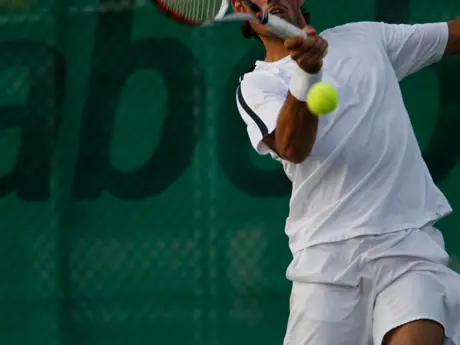
In other words, a regular tennis-specific fitness workout will help you hit the ball harder, while helping you reduce your risk or injury and increase your endurance.
Some of the most effective training you can do as tennis player requires little to no equipment—just your body weight.
Exercises like lifting on the bench press press aren't necessarily the way to achieve a faster serve or a more explosive forehand. Tennis players need their fitness to mirror what they need on the court. There will never come a time when a player will stop in the middle of a point, lie on a bench, and push weight up and down.
More: How Wall Squats Can Prevent Overuse Injuries
The most practical and valuable tool for developing massive power for tennis-specific movements is the weighted medicine ball. Medicine ball exercises work the five regions necessary for massive power: the core, legs, chest, arms and shoulders.
The medicine ball also easily transitions between the three primary planes of sport movement: forward and back, side to side and rotational. A single tennis point can demand a player's body to travel several times through each of these planes. Using a medicine ball can replicate the movements with the power-building benefit of added resistance.
More: How a Soccer Ball Can Improve Your Tennis Game
Here are 10 medicine ball exercises you can use to build power.
Stationary Closed-Stance Ground Stroke Simulation Throw
In a ready position, hold the medicine ball with both hands about chest high. Keep the medicine ball high as the body coils to the right (to simulate a right-handed forehand or a left-handed backhand). Transfer the body's weight from the right foot to the left as the traditional closed-stance platform (stepping into the ball) is applied.
Drop the medicine ball low in the backswing to simulate a ground stroke's low-to-high flight pattern. Release the medicine ball at the contact zone and finish by following through over the left ear (as if throwing a bucket of water. Repeat on the left side (to simulate a right-hander's backhand or a left-hander's forehand).
- 1
- of
- 3

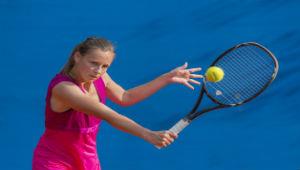
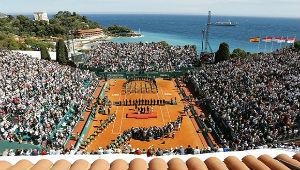
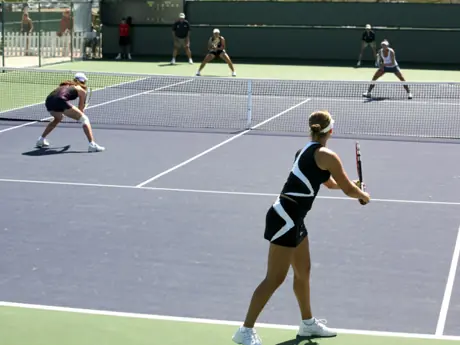
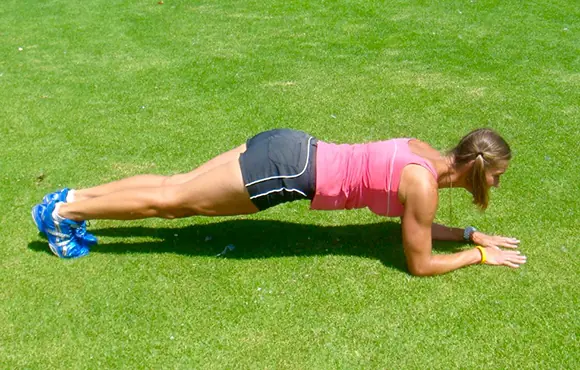
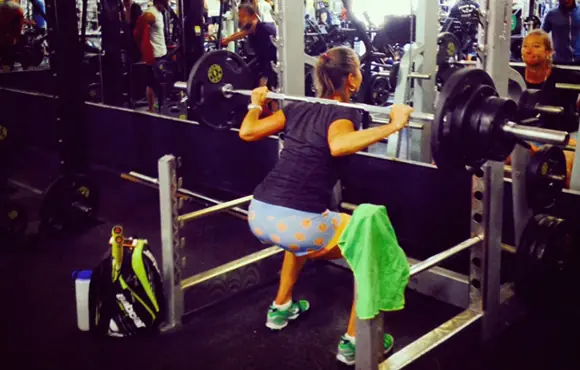

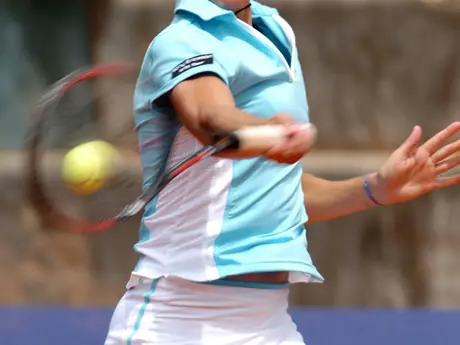
Discuss This Article